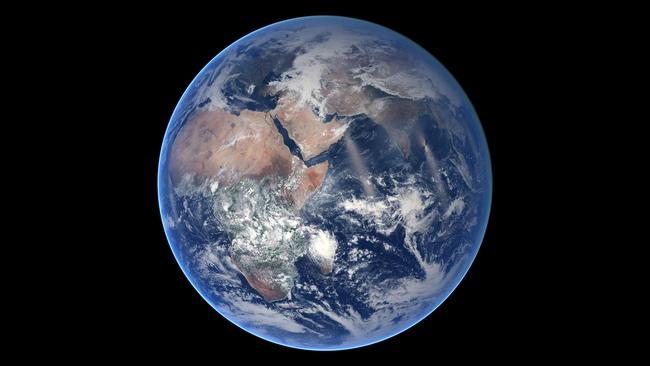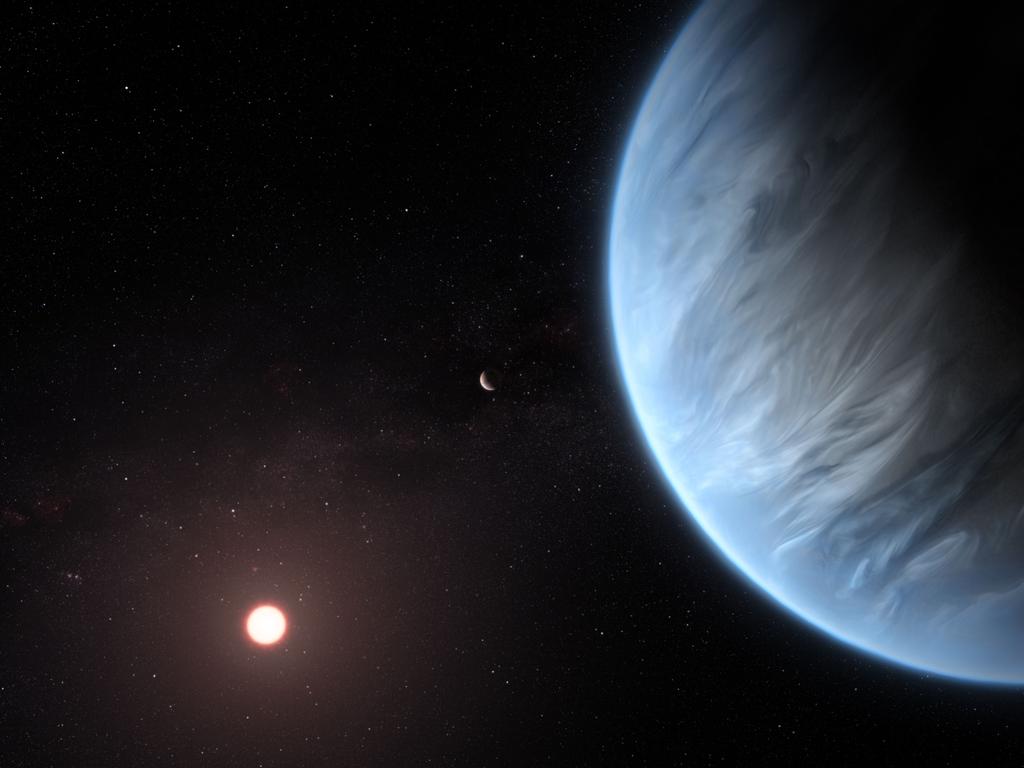New wet theory to Earth’s watery origins
Water is crucial to life as we know it, but how it got here has been a longstanding scientific debate. Now there’s a new theory.

Water covers 70 per cent of the Earth’s surface and is crucial to life as we know it, but how it got here has been a longstanding scientific debate.
The puzzle is a step closer to being solved after a French team reported in Science journal it had identified which space rocks were responsible, and suggested the planet has been wet ever since it formed.
Research leader cosmochemist Laurette Piani said the findings contradicted the prevalent theory that water was brought to an initially dry Earth by comets or asteroids.
According to early models for how the solar system came to be, the large disks of gas and dust that swirled around the sun and eventually formed the inner planets were too hot to sustain ice. This would explain the barren conditions on Mercury, Venus and Mars — but not our blue planet, with its vast oceans, humid atmosphere and well-hydrated geology.
Scientists therefore theorised that the water came along after, and the prime suspects were meteorites known as carbonaceous chondrites that are rich in hydrous minerals.
But their chemical composition doesn’t closely match our planet’s rocks. The carbonaceous chondrites also formed in the outer solar system, making it less likely they could have pelted the early Earth.
Another group of meteorites, called enstatite chondrites, are a much closer chemical match, containing similar isotopes of oxygen, titanium and calcium. However, because these rocks formed close to the sun, they had been assumed to be too dry to account for Earth’s rich reservoirs of water.
Dr Piani and her team at the University of Lorraine, found that the enstatite chondrites contained enough hydrogen in them to provide Earth with at least three times the water mass of its oceans, and possibly much more.
The isotopic composition of the oceans was found to be consistent with a mixture containing 95 per cent of water from the enstatite chondrites — more proof these were responsible for the bulk of Earth’s water.
AFP






To join the conversation, please log in. Don't have an account? Register
Join the conversation, you are commenting as Logout